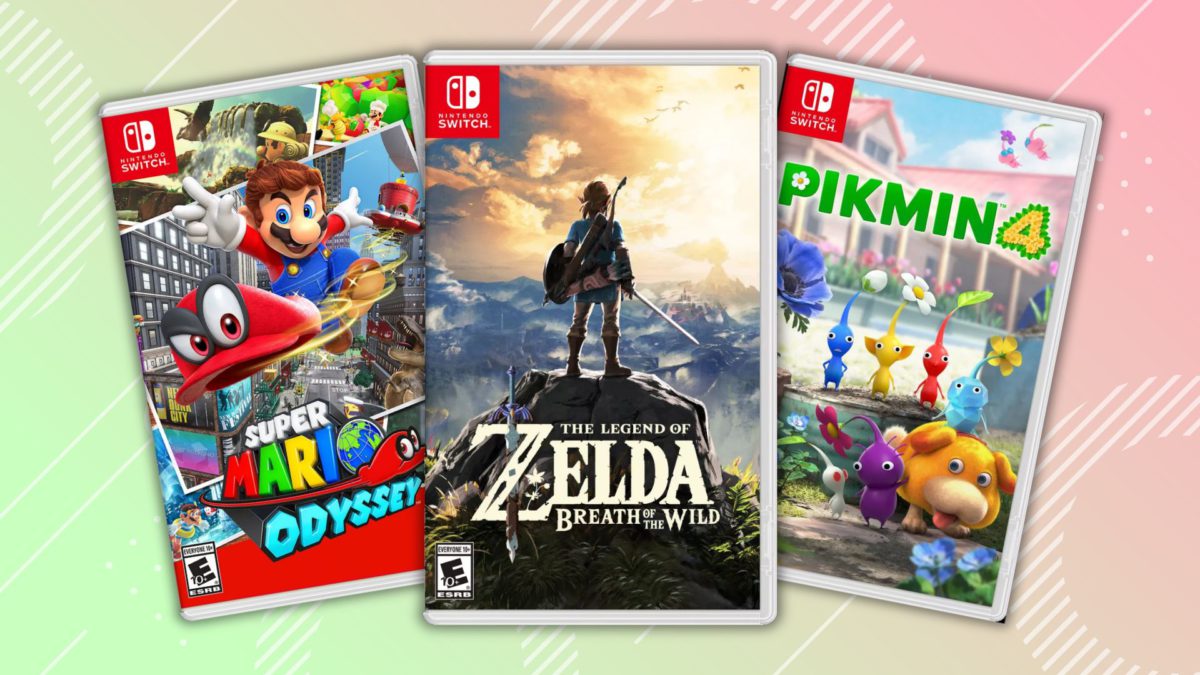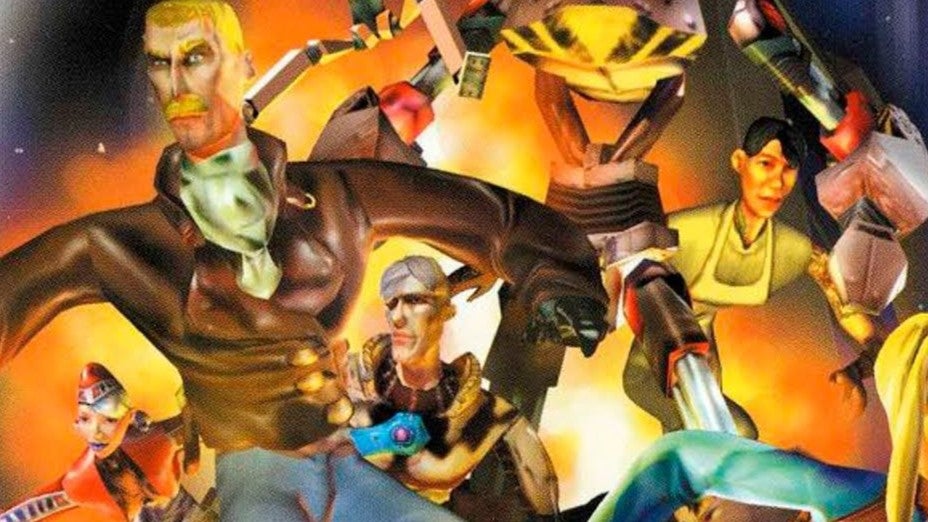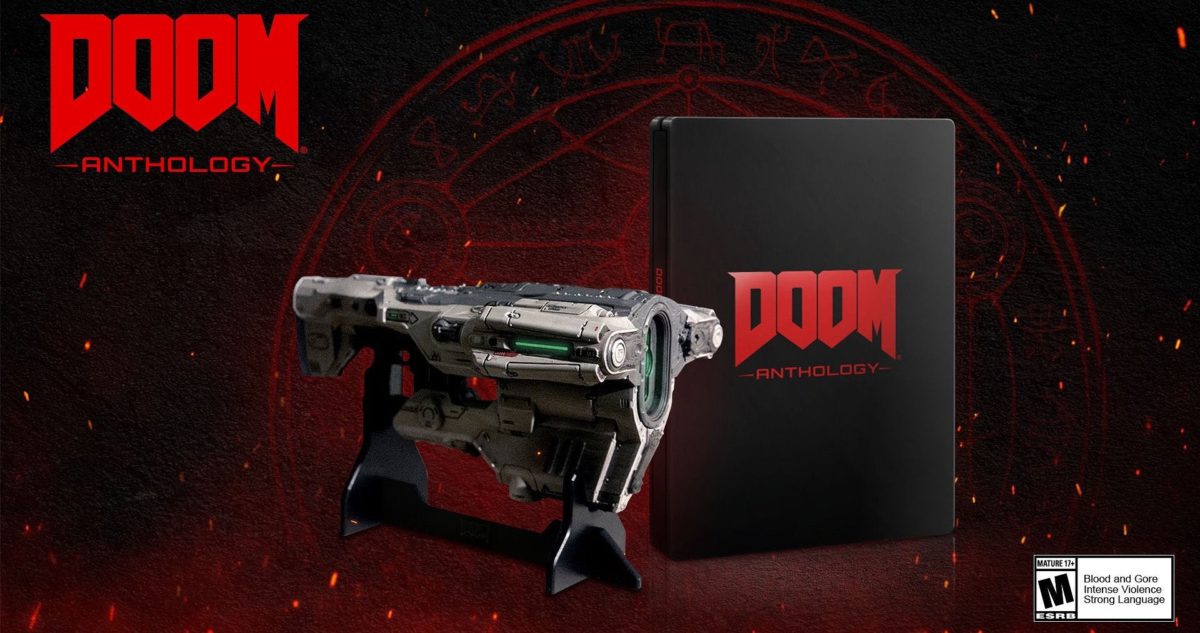If you’ve followed Doom:The Dark Ages at all, you’re likely aware the FPS prequel will find players carving through Hell’s hordes from behind a hulking shield equipped with an enemy-eviscerating spinning blade. And while all the, er, buzz surrounding this death-dealer seems justified, the hyped weapon may have some of its thunder stolen by The Knightlings’ Magnustego buckler, a defensive device with some cool tricks of its own.
But we’re getting a bit ahead of ourselves.
The Knightling is an upcoming fantasy action-adventure focused on fast-paced combat and creative platforming. And it’s nothing at all like Doom:The Dark Ages. Well, except for that shield we mentioned a moment ago. You see, the story-driven, semi-open world game puts players in the boots of the titular squire, a young, eager apprentice thirsting for the sort of adventures typically undertaken by his master, the strong, stately Sir Lionstone.
The comparatively puny protagonist doesn’t have much in common with his long-maned mentor, but he does have access to his powerful shield. And that brings us back to the Magnustego. Also affectionately referred to as Magnus or Maggie, we got to take this potential-packed device for a test drive during our recent hands-on demo with The Knightling.
As our preview kicks off, our masked hero hoists the oversized, ornate shield before gazing upon the stretching lands surrounding him. Dubbed the Outskirts, the medieval-inspired, fantasy setting features a colorful, cozy look more akin to Breath of the Wild’s welcoming, outdoor environments than, say, the moody, foreboding lands dotting a Dark Souls’ game map.
Marked by lush, rolling hills, vibrant, flora-filled valleys, stunning cliff faces, and majestic waterfalls spilling into crystal-clear lakes and streams, the charming universe packs plenty of eye-pleasing appeal. A closer examination of moving objects – such as spinning windmill blades casting shadows on the ground below – also reveals some immersive lighting effects.
The world’s most impressive visual feat, however, is that it organically blends its natural beauty with a platforming paradise just begging to be played in. At first glance, The Knightling’s sprawling landscapes look similar to the high fantasy-inspired settings you’d navigate in any number of open-world action-RPGs. But its focus on fast-paced platforming and peppy traversal begets a seat-of-the-pants secret — your defensive device doubles as makeshift transportation, allowing you to quickly surf atop it throughout the Outskirts and beyond.
Shield-sliding isn’t necessarily a novel gameplay mechanic, but The Knightling manages to evolve and elevate it by not only making it the primary means of transportation, but also tailoring the world to encourage its use. So all that pretty scenery spied at the demo’s start also serves as a playground of sorts. Sloping rooftops are actually steep ramps, winding wall surfaces work as pathways, and shallow, snaking streams are essentially rails waiting to be grinded at top speed. Of course, you’re also welcome to traverse more obvious hills, trails, and other natural formations while piloting your new friend Magnus.
Using this unique method of transportation for quick trips is fun, but leveraging it to travel greater distances – by chaining the various interactions together – is an absolute blast. And that’s before you factor in additional agility-fueled tricks, such as double-jumps or the ability to catch even more air by bouncing off giant mushroom caps.
Shield-sliding isn’t necessarily a novel gameplay mechanic, but The Knightling manages to evolve and elevate it by not only making it the primary means of transportation, but also tailoring the world to encourage its use.While we love treating the Outskirts like our own personal skate park, we soon discover there’s much more to do than spike our adrenaline. Stressed-out villagers need help and, unsurprisingly, their concerns soon morph into quests for the knight-in-training to accept. Before we know it, we’re settling land disputes and corralling farm animals.
These mission types might sound a bit like boring chores, but Maggie – or Magnus – manages to make even the most mundane tasks more fun. The real estate argument, for example, is resolved by measuring the distance between two points via a quick race-like challenge, while the animal-wrangling introduces a bit of shield-based puzzling and combat.
The conundrums mostly involve throwing the tool – Captain America style – at targets to trigger specific actions. It’s a lot like lever-pulling and button-pushing in other games, but with the shield working as a sort of middle-man. There’s also a dynamic day/night cycle, which can be sped up to aid in finding solutions.The puzzling is a bit simple, but these examples also represent the game’s very first head-scratchers, so hopefully they’ll grow more creative and complex deeper into the adventure.
The Knightling features an extensive combat-focused skill tree packed with upgrades for the protagonist.Combat behind the shield feels more sophisticated, as the protagonist can unleash basic bash attacks, as well as block, parry, and bring pain from above with aerial blows. Hurling the weapon mid-jump also slows the action, allowing for some extra strategy and cinematic style. As with the platforming, fighting is far more rewarding when combining and chaining the various options in your arsenal.
And it seems there’ll be plenty of potential in that regard, as The Knightling features an extensive combat-focused skill tree packed with upgrades for the protagonist. Our demo doesn’t dig too deep into the progression paths, but we are able to invest some shiny, collected currency into a powerful move dubbed the “Velocity Attack.” Leveraging the momentum of a shield-slide, we execute the maneuver to forcefully knock back targets with a series of lightning-quick spin attacks.
Despite some finicky targeting, we’re able to couple our default abilities with this newly acquired skill to make light work of low-level minions. That said, we’re quickly sent packing upon encountering more aggressive threats toward the end of our hands-on time. While being reduced to pulp is never fun, our unceremonious defeats confirm the button-mashing that’d served us so well earlier didn’t represent the extent of the combat’s depth. Upon respawning for the third time, we begin adopting additional strategies and tactics to take down larger, sword-wielding enemies.
Our time came up just as the story was getting good and the gameplay was evolving.Sadly, even our more thoughtful approach to combat can’t save us from the first armored attacker we meet. Swinging a respectable blade and sporting a beefy helmet, the baddie needs to have its armor knocked off before we can bring it down. Unfortunately, our prior investment in the “Velocity Attack” doesn’t leave us enough coin to acquire the upgrade necessary to strip the foe of its defenses.
This disheartening realization soon brings our preview to a close, but it also hypes us up for our inevitable return to the Outskirts. In addition to revisiting the skill tree with hindsight on our side – and demanding a rematch – we look forward to tackling some other unfinished business.
For starters, our time came up just as the story was getting good and the gameplay was evolving. It seems Sir Lionstone has set off on a very dangerous quest, and his brave apprentice is determined to join him. Doing so, however, requires the gift of flight, a Magnus mod that appears to be next on our to-do list. Even better, a second, shield-focused skill tree suggests the device won’t just see us soaring, but will ultimately earn enough upgrades to shame a Swiss Army knife.
[
Of course, The Knightling’s proposed 15-hour campaign also promises collectibles, side quests, and other activities that’ll no doubt be made more absorbing when tackled with the Magnustego multi-tool. We can’t wait to find out, and discover all The Knightling has to offer when it lands – probably before Doom: The Dark Ages – sometime next year.










